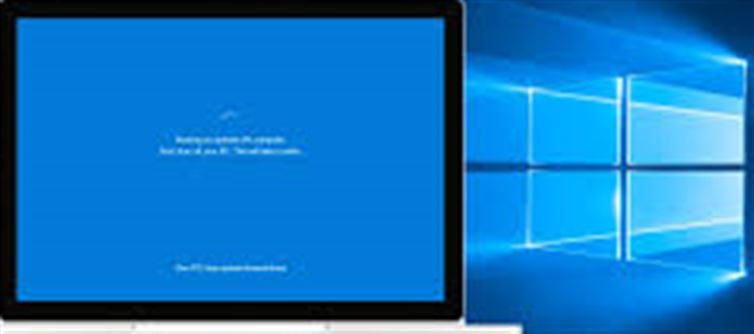
If you're still using a laptop running Windows 10, it’s time to pay attention! microsoft has officially announced that support for Windows 10 will end on october 14, 2025. This means that after this date, Windows 10 will no longer receive any security updates, feature updates, or technical support from Microsoft. Here's what you should do to prepare for this upcoming change:
1. What Does End of Support Mean for You?
Once October 14, 2025 arrives:
· No More Security Updates: Your system will no longer receive critical security patches, which could leave your device vulnerable to cyberattacks, malware, and other security threats.
· No More Feature Updates: New features and functionalities that are introduced in Windows 11 won’t be available for your device.
· No Technical Support: If you face any issues, you will not be able to receive official support from Microsoft.
2. What Are Your Options?
To ensure your laptop remains secure and efficient, here are your options:
Option 1: Upgrade to Windows 11
· Windows 11 Compatibility: If your laptop meets the minimum system requirements for Windows 11, it’s best to upgrade to Windows 11 before the deadline.
· How to Check Compatibility: microsoft provides a tool called the PC health Check tool that lets you know if your device can run Windows 11.
· Free Upgrade: If you’re running Windows 10 and your device is compatible, you can upgrade to Windows 11 for free.
Option 2: Purchase Extended Security Updates (ESU)
· If your laptop is not compatible with Windows 11 or you prefer to stick with Windows 10 for a while, microsoft offers Extended Security Updates (ESU) for a fee.
· How ESU Works: ESUs will continue to provide security updates for a limited time after october 14, 2025, typically for businesses or organizations, but it could be an option for personal users as well.
Option 3: Upgrade Your Laptop
· Consider a New Laptop: If your laptop is too old or doesn’t meet the requirements for Windows 11, upgrading to a new laptop might be the most efficient solution.
· Windows 11 Ready Devices: New laptops come with Windows 11 pre-installed, ensuring they will be fully supported for years to come.
3. Why You Should Upgrade Soon
· Security Risks: Without regular security updates, your laptop will be more vulnerable to viruses, malware, and other online threats.
· Compatibility Issues: Over time, you might find that new software, apps, or games will no longer support Windows 10, making your device less functional.
· Better Features: Windows 11 offers improved performance, enhanced security, and a sleek, modern design compared to Windows 10.
4. How to Prepare for the Upgrade
· Back Up Your Data: Before upgrading to Windows 11, make sure to back up all your important data (documents, photos, videos, etc.) to cloud storage or an external hard drive.
· Check for Updates: Ensure your current Windows 10 system is fully updated before proceeding with the upgrade to avoid any issues during the installation.
· Prepare for Compatibility Checks: If you’re unsure about your device’s compatibility, use the PC health Check tool from microsoft to confirm.
5. The Countdown to Support End
The October 14, 2025 deadline is just around the corner, so it’s essential to make plans now. Here’s a quick timeline to keep in mind:
· 2025: microsoft will stop providing support for Windows 10, making it essential to upgrade to Windows 11 or purchase Extended Security Updates before the support cutoff.
· Now to october 2025: You have time to assess your options, upgrade your device, and prepare for the transition.
6. Conclusion: Stay Ahead of the Curve!
Windows 10 has been a staple operating system for many years, but with end of support on the horizon, now is the time to act. Whether you choose to upgrade to Windows 11, purchase extended security updates, or invest in a new laptop, it’s essential to plan ahead to avoid potential security risks and ensure your device remains functional.
Remember, waiting until the last minute could leave you exposed to cyber threats, so start preparing now and stay ahead of the game!
Disclaimer:
The views and opinions expressed in this article are those of the author and do not necessarily reflect the official policy or position of any agency, organization, employer, or company. All information provided is for general informational purposes only. While every effort has been made to ensure accuracy, we make no representations or warranties of any kind, express or implied, about the completeness, reliability, or suitability of the information contained herein. Readers are advised to verify facts and seek professional advice where necessary. Any reliance placed on such information is strictly at the reader’s own risk..jpg)




 click and follow Indiaherald WhatsApp channel
click and follow Indiaherald WhatsApp channel